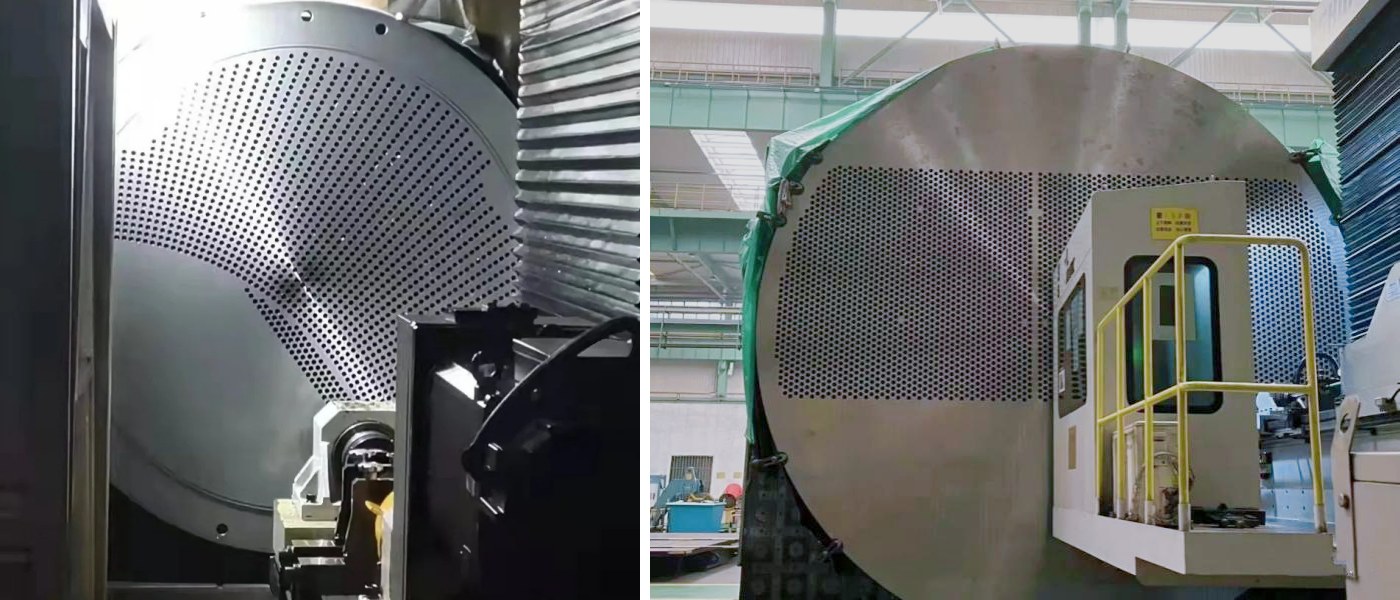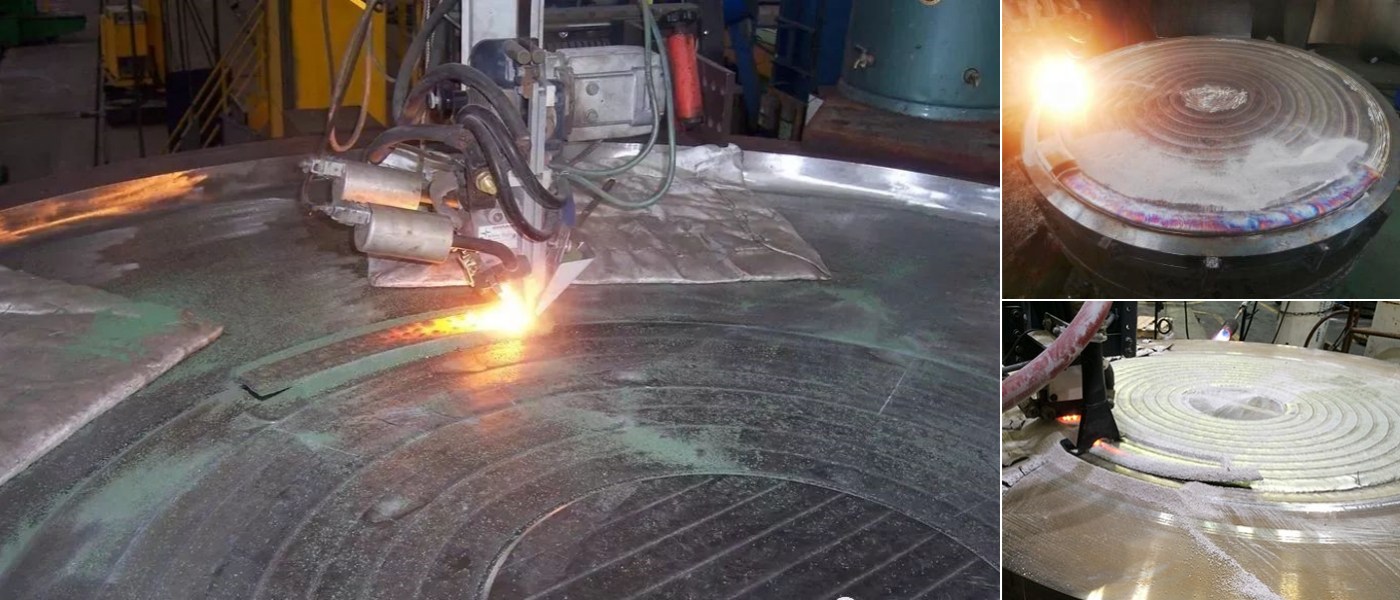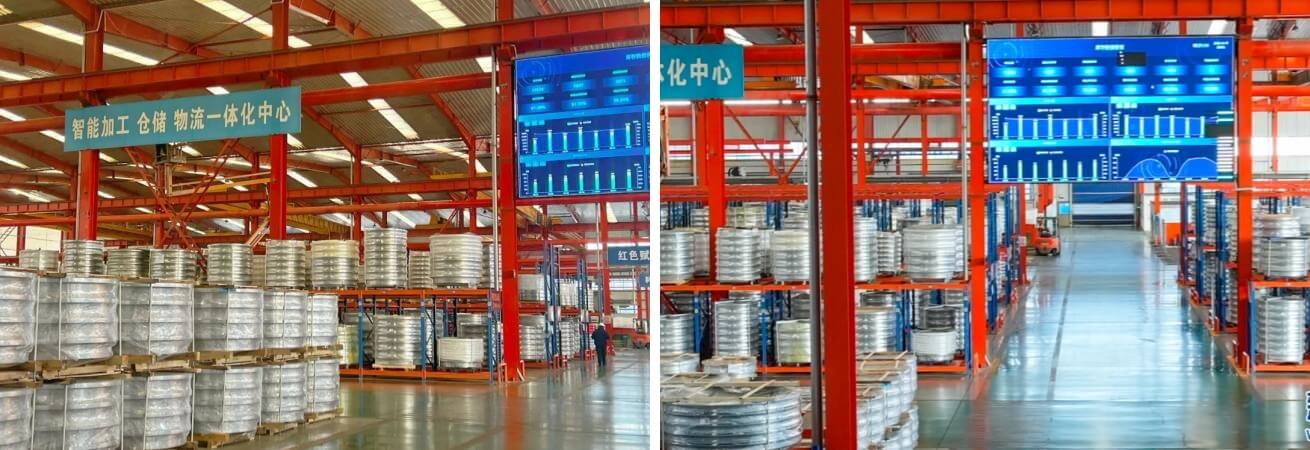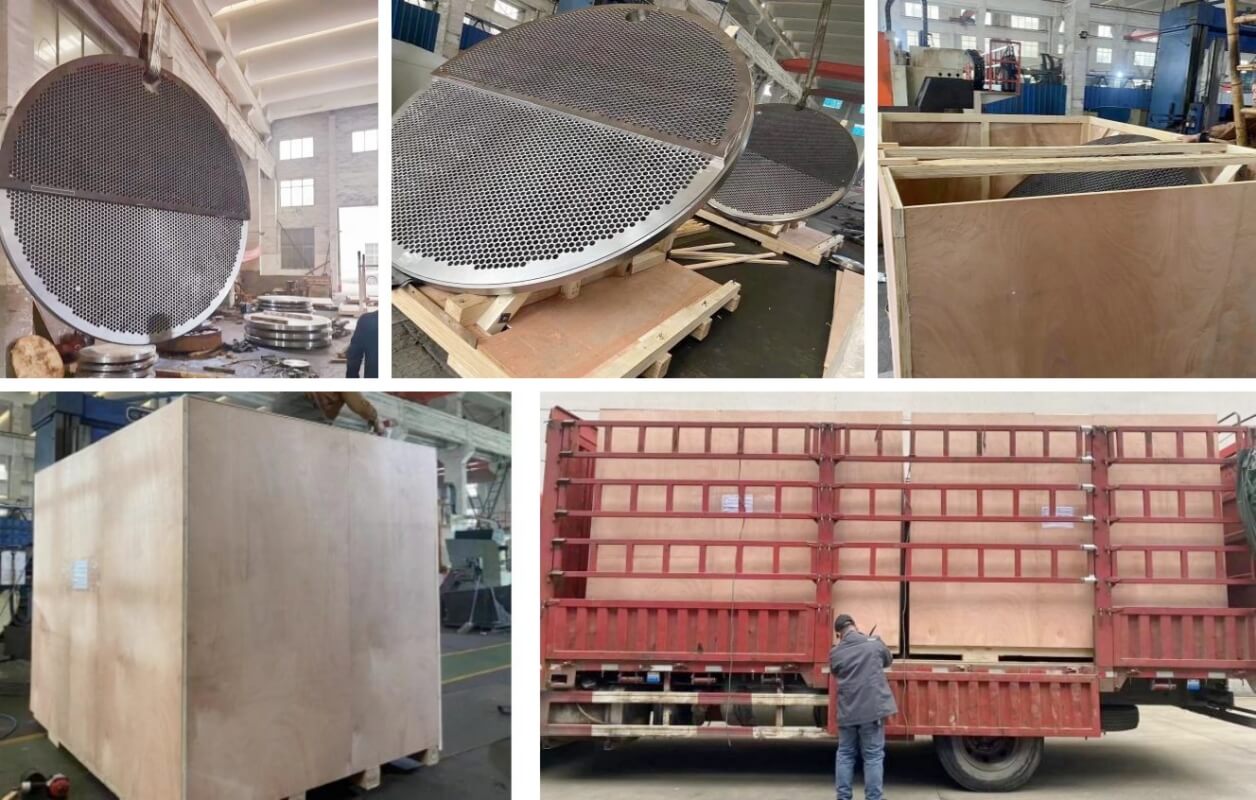
What Are You Looking For?
The tube sheet plays a crucial role in equipment, and it is necessary to clarify the requirements for the tube sheet in order to select the most suitable one. In this article, we will delve into the complexity of selecting a perfect tube sheet based on your specific requirements.
The importance of selecting the appropriate tube sheet according to your needs
The tube sheets produced by Wuxi Changrun play a crucial role in heat exchangers, boilers, and other industrial equipment. Their main purpose is to support and isolate the pipelines in these systems to ensure effective heat transfer and prevent fluid mixing. Therefore, the correct tube sheet can not only maximize performance, but also extend the service life of the equipment.
Choosing an inappropriate tube sheet may lead to many problems, such as reduced efficiency, premature wear, and even system failures. Given that these consequences may bring significant financial and operational challenges, it is clear why the selection process is so critical.

Overview of different types of tube sheets
There are various types of tube sheets produced by Wuxi Changrun, each with its unique characteristics and applications. This includes fixed tubesheets, floating head tube sheets, U-shaped tube sheets, and double tube sheets. Although each type has its advantages, its applicability depends on certain factors, including operating conditions, fluid characteristics, and mechanical strength requirements.

Factors to consider when selecting tube sheets
Material Compatibility: Firstly, the material of the tube sheet must be compatible with the fluid flowing through the pipeline. If incompatible substances interact with each other, it may lead to chemical reactions, which can damage the tube plate and reduce its effectiveness. For example, if you are dealing with highly acidic fluids, you would want a tube plate made of acid resistant materials, such as stainless steel.
Corrosion resistance: Corrosion is another factor that significantly shortens the service life of the large tube plate. Therefore, it is crucial to choose a material that can withstand the corrosive effects of the relevant fluid to make the tube plate. Therefore, corrosion-resistant materials such as stainless steel, titanium, and bronze are popular choices.
Thermal conductivity coefficient: Thermal conductivity is an indicator of a material's thermal conductivity. In the case of tube sheets, higher thermal conductivity means better heat transfer efficiency. Materials with high thermal conductivity include copper, aluminum, and their alloys. However, the selection of materials will also depend on other factors such as strength, corrosion resistance, and cost.
mechanical strength: Last but not least, mechanical strength is a key factor to consider. The tube plate must be strong enough to withstand the pressure and stress encountered during operation. This includes tensile strength, yield strength, and fatigue resistance. Steel and its alloys are usually chosen because they have superior strength characteristics.

Type of tube sheet
Fixed tube sheet: Fixed tube plate refers to the tube plate directly welded to the shell of the heat exchanger. This design is simple and cost-effective, making it a popular choice for many applications. However, due to the lack of thermal expansion margin, it is most suitable for applications with low temperature differences between the shell and tube sides.
Floating head tube sheet: In contrast, the floating head bright tube sheet allows one end of the tube to move freely. This design adapts to thermal expansion and contraction, making it an excellent choice for systems with high temperature differences. However, it is also more complex and expensive than fixed tube sheets.
U-shaped tube sheet: The U-shaped tube sheet has a unique design, where the tube is bent into a U-shape and connected to the same tube plate at both ends. This arrangement allows for unrestricted thermal expansion and contraction, similar to a floating head design. However, due to U-tubes, cleaning and maintenance may be more challenging.
Double tube sheet: The double tube sheet includes two tube sheets located at each end of the heat exchanger, providing an additional layer of leak protection. This design is typically used in applications where it is crucial to prevent fluid mixing on the shell and tube sides, such as in the pharmaceutical or food processing industry.

How to determine the optimal tube plate based on your needs
Evaluate operating conditions: Evaluate the operating conditions of the system, including temperature, pressure, and flow rate. High temperature differences may require designs such as floating heads or U-shaped tube plates, which allow for thermal expansion. Similarly, high pressure may require large bright tube plates with excellent mechanical strength.
Consider fluid characteristics: Consider the characteristics of the fluid flowing through the system. Are they corrosive? Do they contain abrasive particles? Understanding these characteristics will help you choose tube sheet materials that can resist wear and corrosion.
Analyze stress and pressure requirements: Analyzing the stress that the tube plate will be subjected to is also crucial. This includes not only work pressure, but also stress generated by thermal expansion and contraction. Conducting a comprehensive stress analysis will help ensure that the tube plate you choose can withstand these forces without failure.
If needed, please consult experts: If you are unsure about any part of the selection process, please consult experts without hesitation. Experienced engineers can provide valuable insights and suggestions based on their understanding of tube sheets and their applications. They can help you make wise decisions based on your specific needs and budget.

Conclusion
Choosing the best tube plate is a significant feat. This requires a comprehensive understanding of the operating conditions of the system, the characteristics of the fluids involved, and the mechanical strength requirements. However, by carefully considering all these factors, you can make wise decisions to ensure the efficiency and lifespan of the equipment.
